Did you attend the highly anticipated and action-packed Consumer Electronics Show in Vegas? There’s a strategy to the madness! Pavan Kumar, Co-Founder & CTO at Cocoon Health, Chrissy Meyer, Partner at Root Ventures, Mark Brinkerhoff, President at FusionDesign, Jennifer Ernst, CEO at Tivic Health, and Michael Keer, CEO at Product Realization Group all braved the crowds this year. Their insights shared at the recent panel came from scouting the show floor, stealing behind-the-scenes previews, and cozying up with VIPs.
“Media exposure is king”, says Jennifer Ernst, and it takes extensive planning to leverage the show and shine a spotlight on your company or product. Jennifer worked with seasoned Public Relations experts who convinced her company to enter product recognition contests several months prior to CES. She attended numerous media events prior to the CES opening, and she spoke at several CES-related events to build buzz. Joining the Consumer Technology Association (CTA) also got her access to coveted, exclusive meeting rooms and lounges.
As a result, Tivic Health’s booth was featured on CTA media tours. The consumer-gadget oriented CES show gave Tivic’s product broader media exposure than a more focused health industry event. The company obtained FDA clearance for its medical device ClearUp® Sinus Pain Relief, which uses a gentle microcurrent to stimulate facial nerves and relieve sinus pain. One publication named ClearUp® the #1 innovation from CES this year.
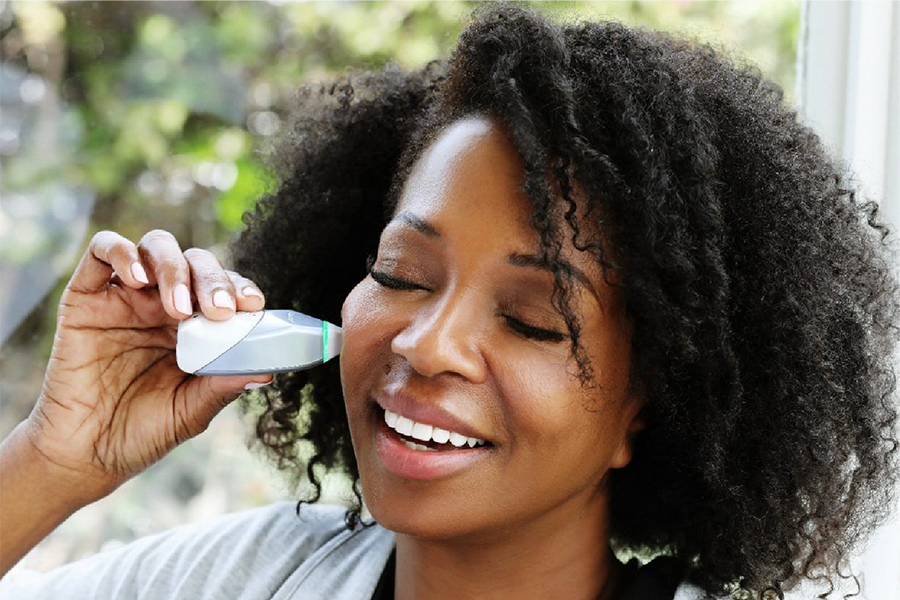
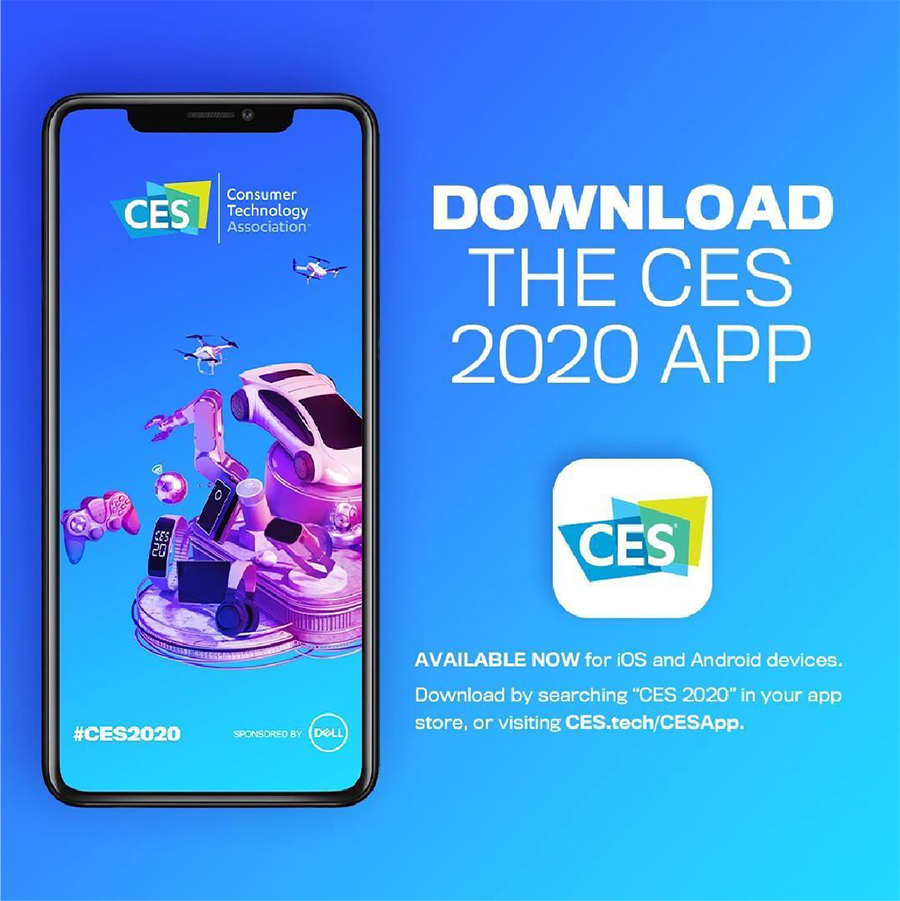
“It’s the tech, stupid.” And this is what drew Mark Brinkerhoff to CES. A self-avowed nerd, he devoted days (!) preparing for the show by researching, learning about new tech, and looking for the state-of-the-art in his field. He also delivered a talk for MD&M (Medical Design and Manufacturing). And of course he was there for the main event: irreplaceable networking opportunities.
Mark used the CES app to plan his days at CES. He found it a useful tool to look for booths of interest and locate current or potential clients — a daunting task given the literal miles and miles of show floor. For him, using the app’s filters for finding the general location was a good strategy for getting through the show. It’s good to remember that the CES app does have limitations within the CES halls; you and 175,000 of your best friends are all using the wireless network.
Industry VIP Chrissy Meyers came to CES to leverage her role as a venture capitalist and to do some serious power networking. As an investor her opinion is sought by the best of the best in cutting edge companies, who preview their new tech by invite only. Private suites for the “sneak peeks” were scattered across Las Vegas. The enormity of CES reared its head as a major barrier to covering the show in its entirety.
Chrissy’s gateway to CES was actually her strategy on how to get around. No matter how rich, famous or influential someone is they *still* have to stand in for transportation at CES! Chrissy covered ground for her “hit list” of industries, companies, and products by doing things like taking the shuttle to the smaller Sands Hotel–not the giant Mirage–and simply walking across the street (so smart, that’s probably why she’s a VC). Also, she found a slightly better chance than a needle in the haystack if you meet up with people based on banner landmarks instead of booth numbers.
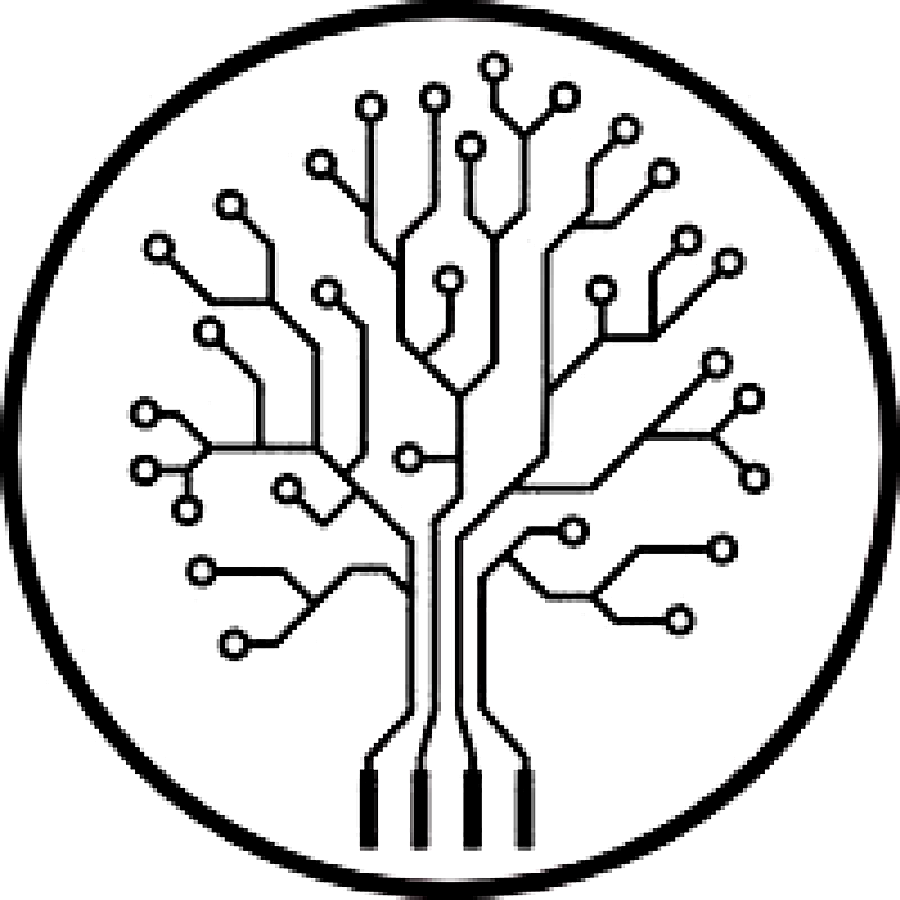
People, people, people. Anyone who’s anyone in consumer and electronics products is at CES. Pavan Kumar knew the people he wanted and needed to see would be at CES. Each year he has come with a different goal, from meeting ODMs and suppliers, to supporting product launches and exposure, to face-to-face pitch meetings with new partners. With careful planning and fervent scheduling he was able to set up several months of meetings in just a few days. Like Mark, Pavan had a strategy. He was able to jam all his meetings into a mere 72 hour period by using both the CES app and a no-fail PDF printout! He was so organized that he even had time to see Eureka Park.
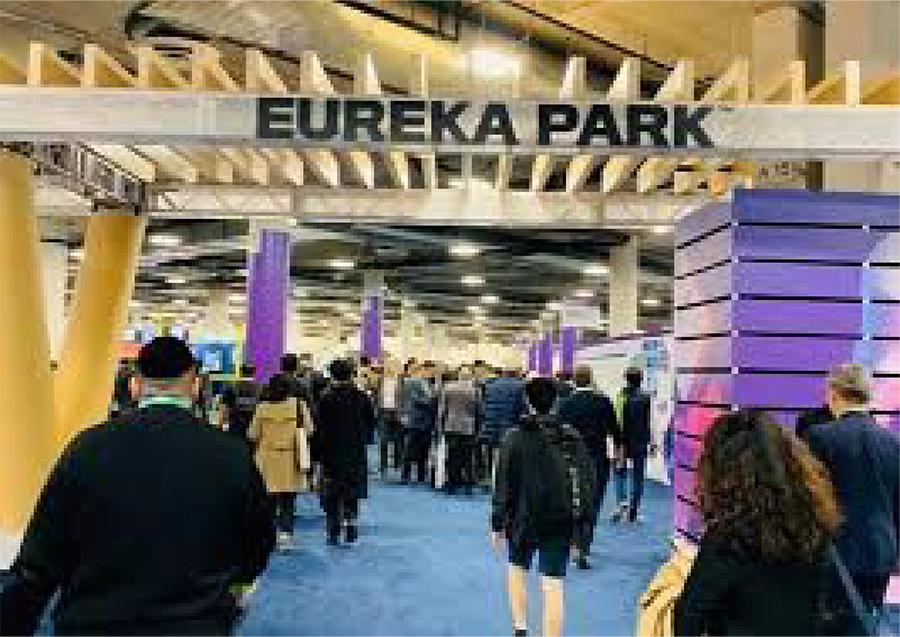
Why go to Eureka Park?
Eureka Park is the exhibit area at CES that features startups. According to Pavan, 70% of the exhibitors in Eureka Park won’t return the following year: this is where you see what’s hot today. You see crazy ideas, not necessarily products or viable business models. Chrissy noted however that it’s always inspiring to see Eureka Park. Companies are in tiny little booths, with lots of ideas and energy and potential. Different countries bring their best and most ingenious exhibitors to Eureka Park. Mark noted that it’s interesting to watch the technology trends exhibited from country to country.
2020 Trends
Each of our panelists identified trends, largely based on their technology areas of interest.
Pavan noted that edge computing is on the rise, with more and more resources to do computations that are barely possible, thus stretching technology to its max. “Baby tech” has grown up from a single company in 2016 to 10-15 companies now. Security was a focus, and we’re now seeing many more kinds of secure elements.
Chrissy observed that integrated voice systems are everywhere– thank you Alexa for seeding this craze. She questioned whether voice has moved past an “extra” feature to a “check the box” (expected) feature, pointing to the Alexa-powered Lamborghini and a $5k bed with built-in voice features. Why not just use the Echo Dot on your night stand she posited? Other trends she saw included social robots and AI assistants.
2020 was the first year sex toys were exhibited on the floor as part of health and wellness displays. This takes away some of the stigma and shows these products as the electronic devices they are. Chrissy thought CES did a good job in this area– classy and professional.
Mark was looking toward trends in wearables. The biggest advances came from smaller, more risk tolerant companies. He was particularly intrigued by a company that demonstrated it could get wiring into clothing.
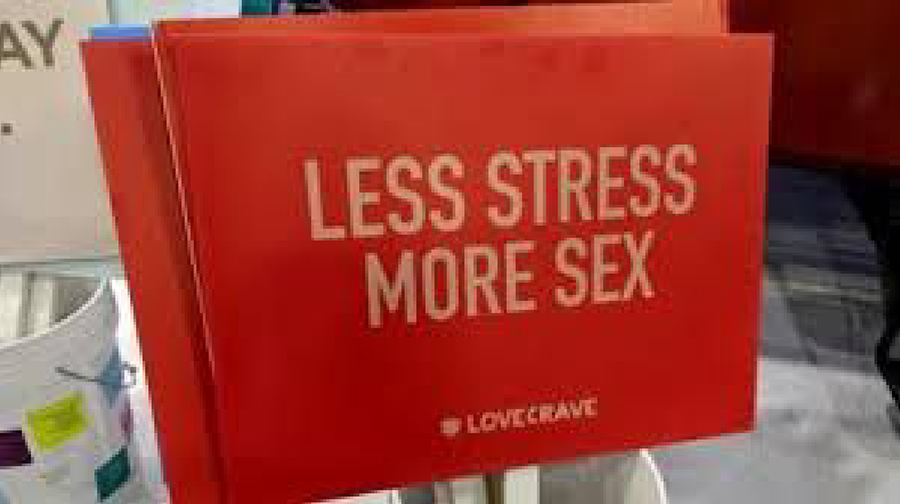
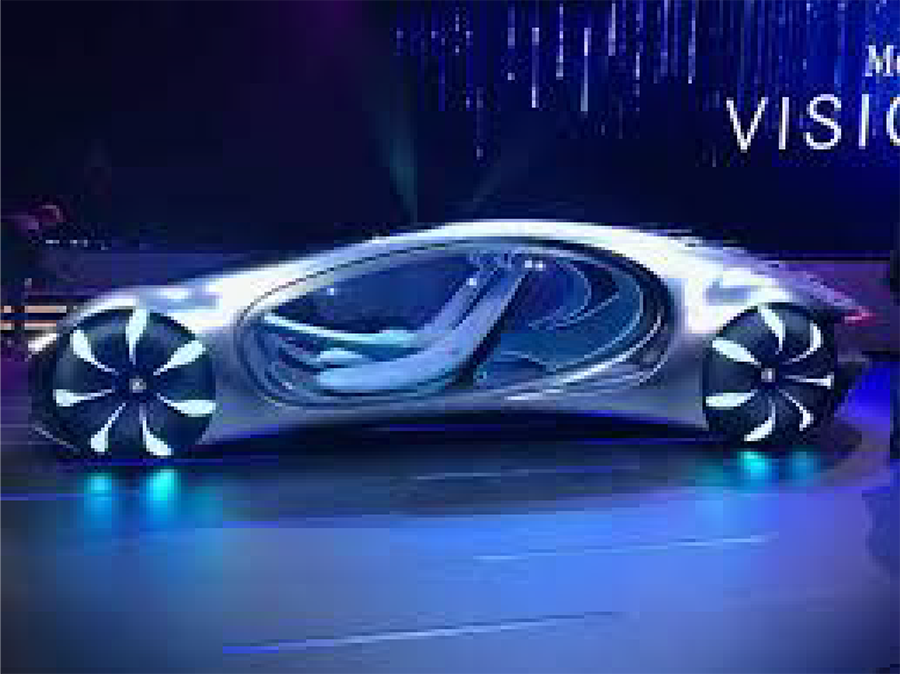
Jennifer found herself stationed in Eureka Park pitching Tivic’s message of health and wellness. However, she did find time to observe that there were a lot of VR (Virtual Reality) applications.
The consensus on the panel: The Mercedes Avatar concept vehicle was strange. Mark described it as “cool” but looking for a home. This futuristic car aimed at sustainability was all electric and designed to interact with its environment.
Another wacky product came from Charmin in the form of a robot that delivered toilet paper. As Chrissy pointed out, the utility of the robot was limited in that it could not open the bathroom door. And what good is spare toilet paper if not within reach?
The most impactful technologies seen included an insert for a bandage that had sensors to provide various readings of the wound; a modular circuit board on a reprogrammable substrate; a live translation headset that was as fast as a human translator; and more health sensors! (blood pressure, blood glucose).
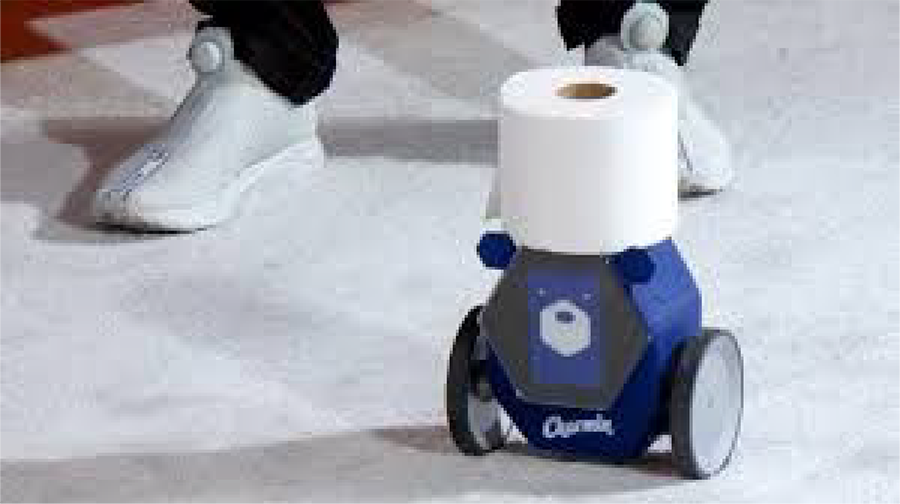
Final advice from the pros
- Airless BbB: Be careful using AirBnB. Confirm that you have reservations for each of the nights that you plan to attend, because if you get shut out, hotels are mega expensive during CES!
- More peeps: Go with a friend. It can be lots of fun to walk and compare opinions together.
- World’s largest gadget smorgasbord: Plan. Focus. Strategize. You can’t possibly see everything!


